3 Influential Women Painters We Love
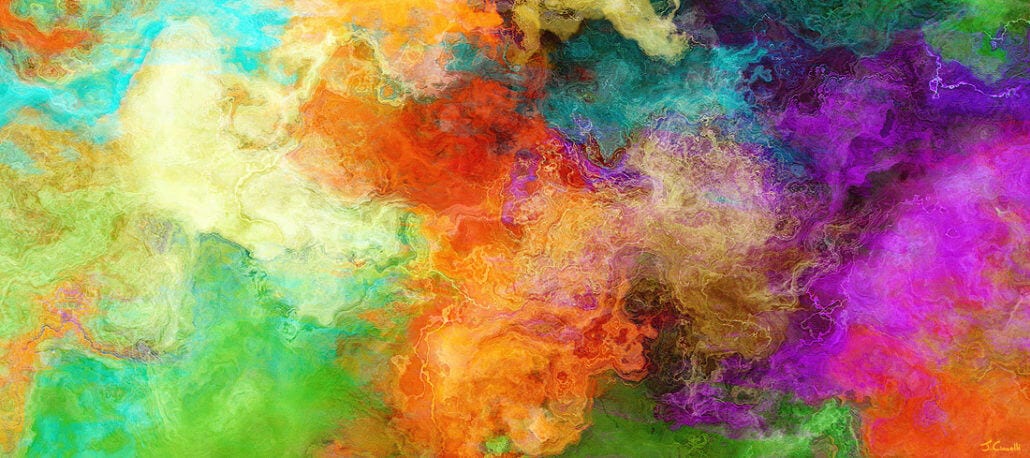
According to Reference.com, 49.6 percent of the world’s population is comprised of women. We love this stat! We realize that the world of house painting is mostly made up of men. This is an unfortunate reality, but that doesn’t mean we think women in painting don’t matter. In fact, if it weren’t for women, we wouldn’t have the opportunity to paint for a living. Women were not only the reason many painters painted but also the influence behind a lot of paintings. You can watch this video to see 500 women featured in Western art. We wanted to show our appreciation to women painters by highlighting a few important women who helped pave the way for people everywhere to paint art and houses alike.
Élisabeth Louise Vigée Le Brun
Vigée Le Brun was born in Paris, France and lived from 1755 to 1842. She is best known as a portrait painter during the decadent Rococo period. As Queen Marie Antoinette’s personal portrait painter, she painted the queen, and sometimes her family, over 30 times. Vigée Le Brun’s legacy includes 660 portraits and 200 landscapes.
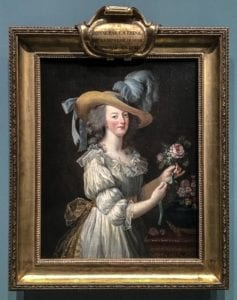
Queen Marie Antoinette of France
Vigée Le Brun’s artistic legacy is not something that is only praised today. Unlike most women in art in her time, she was famous. When she and her daughter fled France during the onset of the French Revolution, they traveled throughout Europe. In Europe, aristocrats knew and welcomed her, allowing her to continue painting in her signature style. They made it all the way to Russia, where she eventually painted beautiful portraits of Queen Catherine and her daughters.
.
.
.
.
Mary Cassatt
Mary Cassatt lived from 1844 to 1926. She was born in Pennsylvania, and she is best known as an impressionist who focused on women, children, and motherhood as subjects for her work.
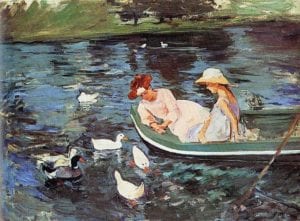
Summertime
Cassatt studied painting at the Pennsylvania Academy of Fine Arts. She was determined to make a career out of painting. In 1866, she moved to France. At the time, women could not attend art school, so she took private lessons instead. In 1868, Cassatt’s work The Mandolin Player was selected for the Paris Salon, the official art exhibition of the Académie des Beaux-Arts. She was one of the first American women to be accepted into the exhibit.
She left France in 1870 in order to avoid the Franco-Prussian War. She was able to return to Europe after being commissioned by the archbishop of Pittsburgh to paint copies of the master painter known as Correggio in Parma, Italy.
Georgia O’Keeffe
It’s hard to imagine Southwest American imagery or abstract flowers without thinking of Georgia O’Keeffe, who lived from 1887 to 1986. Originally from Wisconsin, this Midwestern artist studied painting at the Art Institute of Chicago in the early 20th century. There she trained in the mimetic tradition, in which art imitates or represents nature. She was ultimately unsatisfied with her work in this theory and ceased to paint in this style of art.
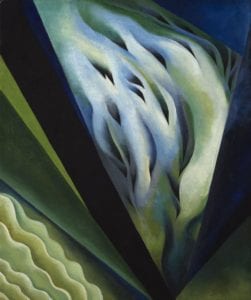
Blue and Green
It wasn’t until she studied under Arthur Wesley Dow that she was inspired to turn away from realism. She decided to experiment with interpreting the world around her through an abstract lens. She is noted as being one of the first American artists to break away from realism in this way and herald a new age of American art in the form of pure abstraction.
In 1916, a friend of hers showed some of her work to art dealer Alfred Stieglitz. He exhibited her work at his gallery 291. This kicked off her career as the artist we know today.
O’Keeffe’s work ranged from organic subjects, like close-ups and abstractions of flowers, to man-made structures, like the buildings of New York where she lived and worked. Interestingly, much of her flower-centric work is regarded as also depicting female genitalia, though O’Keeffe herself rejected these interpretations.
Whether intentional or not, O’Keeffe was a trendsetter because her work coincided with artistic trends, including flowers and American modernism initially and landscapes and regional scenes later on in her career. She painted without assistance well into her 80s; and when her eyesight failed her, she worked with assistants and started creating well-loved motifs from her memory.
Other influential women painters worth learning about are listed below.
Frida Kahlo
Catharina Van Hemessen
Beatrix Potter
We owe a great deal to the women who influenced painting as we know it. Without them, we would not be able to paint in certain patterns or tell stories through certain styles of art. They took great risks to chase their dreams and were regarded as controversial figures because it was tough to be a woman and make it as a painter. For this, we owe them a debt of gratitude. Contact us to learn more about other famous women painters.
Subscribe to our newsletter and receive up to date do it yourself tips and advice.
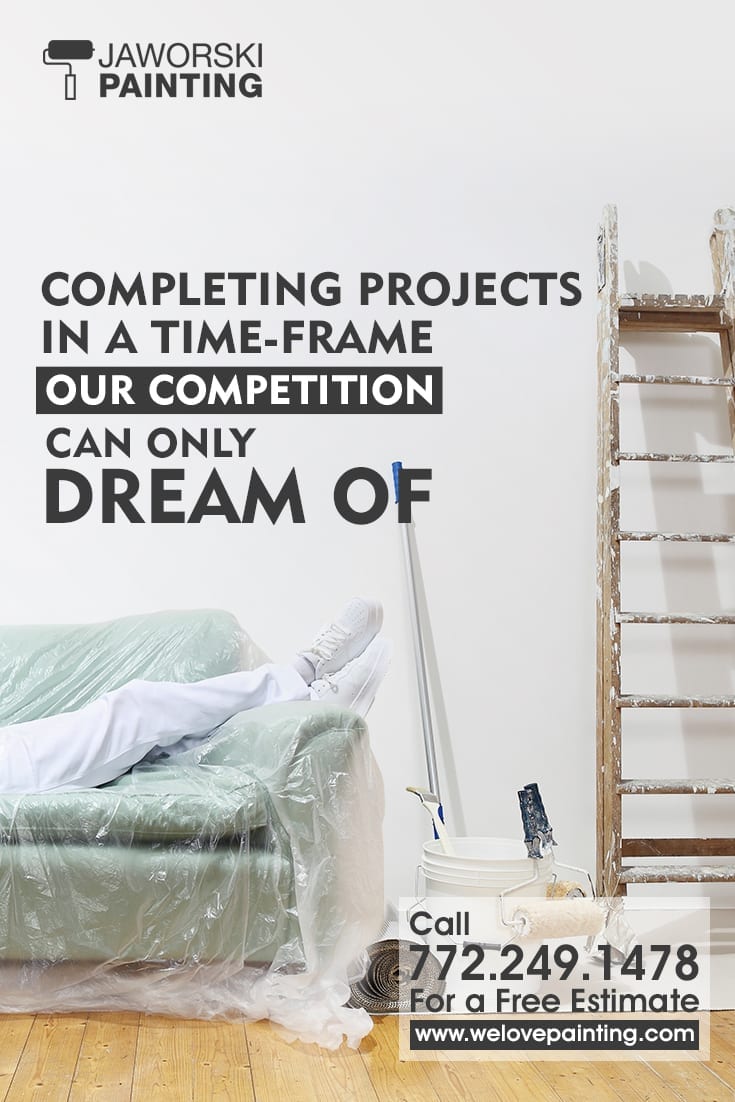





Share this entry